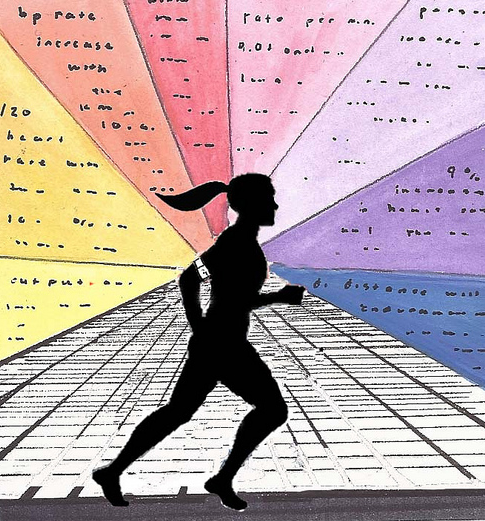What is the main source of health information for Gen Y American Indian and Alaskan Natives? Wikipedia–and they aren’t alone.
In a study published this month in the Journal of Health Communication, researchers examined the use of online health information resources used by American Indians and Alaska Natives (AIAN). The study is key as it helps fill a gap as often the AIAN population, about 4.9 million in population, is grouped under “other” in most research studies, including those conducted by the Pew Internet and American Life Project.
In Search of Insight
The study focused on American Indians in the Central Plains region of the United States specifically and provides insight for those working with members in this community. The study aimed to answer the following research questions:
- How do AIAN access the Internet?
- How important is the Internet as a health information resource for AIAN?
- Where online do AIAN go for health information?
- Does gender influence AIAN health Internet usage?
- Does age influence AIAN health Internet usage?
- How much do AIAN trust online health information?
998 Great Plains AIAN participated in the study. Some of the insights gathered include:
- Home being the primary place participants accessed the Internet.
- Email, social networking and school activities dominated Internet-use.
- 59% reported using the Internet to look for health information with 23% stated that retrieval of health information was their most important online activity. Looking closer, researchers discuss that once the Internet is perceived as useful, it is used intensively for health-related activities.
- General health and weight control information were the two main health-related uses of the Internet.
- Generation Y participants relied more heavily on collective health knowledge with 31% sharing that Wikipedia is their main source for health information. Generation X tended to frequent sites containing information from expert sources such as WebMD (37%).
- Overwhelmingly, more women used the Internet for health-related activities compared to men. Researchers suggest that health communication campaigns employing the Internet may be more effective in reaching AIAN women.
- A need for accurate gender and age tailoring for programs that use Internet resources or that address health knowledge and education among these groups.
Call to Attention
The majority of AIAN members live in metropolitan areas while 40% live on reservations or tribal land. With a median age of 29 years, AIAN represent a younger population than does the rest of the nation with about 26% living in poverty. Given my own family heritage has faint traces of Cherokee heritage (rumor has it a great, great grandpa down the line was a Cherokee Indian chief), stats like these pull on the heart strings.
The researchers note that there were “very few” Native-specific health sites and those that existed were not widely publicized. Given preliminary analysis, they share that if there were more Native-specific health sites and people know about them (don’t over look this second part), AIAN would be far more likely to use and trust those sites. Researchers also shared that while the Internet is the proper channel to reach younger audiences, when it comes to health campaigns, they stress that interpersonal communication or using peer networks may be more effective.
Are any of these findings surprising to you? What insights can you share based on your work with AIAN communities?
Citation. Mugur V. Geana, Christine Makosky Daley, Niaman Nazir, Lance Cully, Jesse
Etheridge, Caroline Bledowski, Won S. Choi & K. Allen Greiner (2012): Use of Online Health
Information Resources by American Indians. Journal of Health Communication, 17(7), 820-835. doi: 10.1080/10810730.2011.650831


